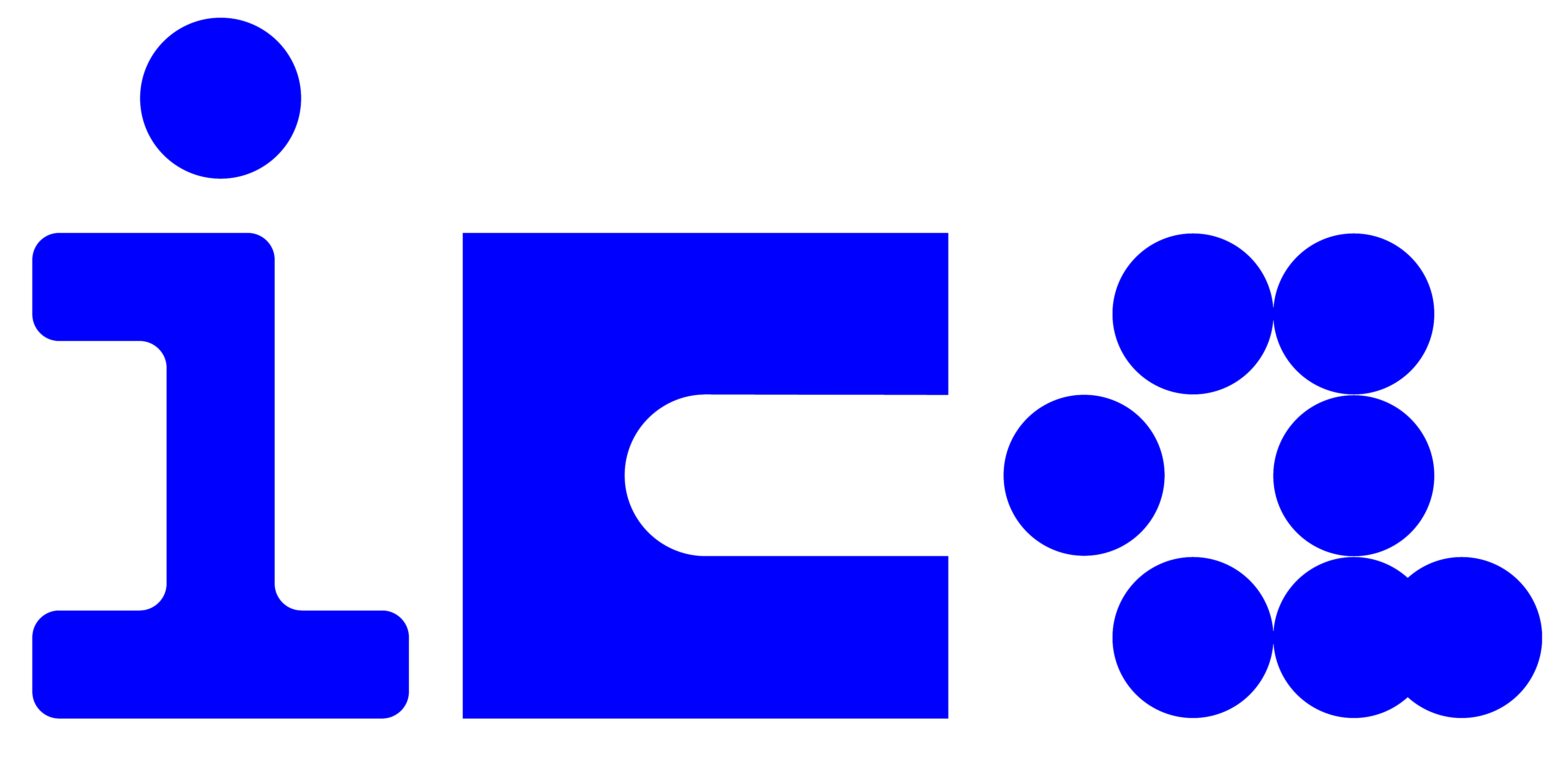The Plant, dir. Mary Helena Clark, USA 2012
American artist Mary Helena Clark makes enigmatic, associative, oneiric films that propose cinema as both a trance-like and transparent experience, one ‘that operates on dream logic until disrupted by a moment of self-reflexivity, like tripping on an extension cord.’ Whether working with 16mm film, video or installation, with found footage or her own images, Clark uses the language of collage in order to bring together disparate sounds, images and texts that suggest an exterior logic or code, a puzzle to be solved, a mystery to be cracked. Her work explores dissociation and the limits of cinema as an embodied experience – it questions the relationship between bodies (both animate and inanimate) and sounds, between touching and hearing, whilst problematising the notion of the body as an instrument and that of the object as a fetish. As Hannah Bonner writes, ‘whether Clark’s collaging distances or attracts us, it indelibly touches us (aurally, haptically, sensorially, corporeally) to experience our own porous selves, and cinema, anew. The films’ affective properties bring us back to the animacy and excitement of our bodies.’
The Plant, dir. Mary Helena Clark, USA 2012, 8 min., digital
A film filled with clues and stray transmissions built on the bad geometry of point-of-view shots. In The Plant, Clark’s camera plays detective: hunting the exterior of Bertrand Goldberg’s iconic Marina City and spying on a man pretending to be blind. She notes, ‘I think my earlier movies were looking for the hidden and mysterious and my newer films have a sensitivity to what’s in plain sight.’
Orpheus (outtakes), dir. Mary Helena Clark, USA 2012, 6 min., 16mm, English
The screening will be followed by a Q&A with Mary Helena Clark.
Programme
And the Sun Flowers, dir. Mary Helena Clark, USA 2008, 5 min., digital, English
Henry James had his figure in the carpet, Da Vinci found faces on the wall. Within this Baltimore wallpaper: a floral forest of hidden depth and concealment, the hues and fragrance of another era. Surface decoration holds permeable planes, inner passages. There emerges a hypnotic empyrean flower, a solar fossil a speaking anemone, of paper, of human muscle, of unknown origin, delivering an unreasonable message of rare tranquility.
– Mark McElhatten
Sound over Water, dir. Mary Helena Clark, USA 2009, 6 min., 16mm
Henry James had his figure in the carpet, Da Vinci found faces on the wall. Within this Baltimore wallpaper: a floral forest of hidden depth and concealment, the hues and fragrance of another era. Surface decoration holds permeable planes, inner passages. There emerges a hypnotic empyrean flower, a solar fossil a speaking anemone, of paper, of human muscle, of unknown origin, delivering an unreasonable message of rare tranquility.
– Mark McElhatten
Sound over Water, dir. Mary Helena Clark, USA 2009, 6 min., 16mm
A metamorphosis, flocks to shimmer, on a granular day. Blue water and blue sky meet on emulsion. A film for lost memories.
– Mary Helena Clark
By foot-candle light, dir. Mary Helena Clark, USA 2011, 9 min., digital
A walk through the proscenium wings. You close your eyes and suddenly it is dark.
By foot-candle light, dir. Mary Helena Clark, USA 2011, 9 min., digital
A walk through the proscenium wings. You close your eyes and suddenly it is dark.
In the dream we call cinema there is no either, no or. We move from cave to forest to theatre and back again, certain only that we are elsewhere, at least until the reel runs out. Here is objective truth, or ‘hypnosis’ by another name.
– Ben Russell
– Ben Russell
The Plant, dir. Mary Helena Clark, USA 2012, 8 min., digital
A film filled with clues and stray transmissions built on the bad geometry of point-of-view shots. In The Plant, Clark’s camera plays detective: hunting the exterior of Bertrand Goldberg’s iconic Marina City and spying on a man pretending to be blind. She notes, ‘I think my earlier movies were looking for the hidden and mysterious and my newer films have a sensitivity to what’s in plain sight.’
Orpheus (outtakes), dir. Mary Helena Clark, USA 2012, 6 min., 16mm, English
Using footage from Cocteau’s Orphée, Mary Helena Clark optically prints an interstitial space where the ghosts of cinema lurk beyond and within the frames.
– Andréa Picard
The Dragon is the Frame, dir. Mary Helena Clark, USA 2014, 14 min., 16mm
An experimental detective film made in remembrance: keeping a diary, footnotes of film history, and the puzzle of depression.
– Mary Helena Clark
The Dragon is the Frame is both an ode to the city of San Francisco and an oblique memorial to Clark’s friend, artist Mark Aguhar. Lyrical sequences take the viewer through physical and psychological space, reminding that the first trauma in Hitchcock’s classic film Vertigo, is not the apparent suicide of main character Madeline Elster, but the loss of a friend.
– Mary Helena Clark
The Dragon is the Frame is both an ode to the city of San Francisco and an oblique memorial to Clark’s friend, artist Mark Aguhar. Lyrical sequences take the viewer through physical and psychological space, reminding that the first trauma in Hitchcock’s classic film Vertigo, is not the apparent suicide of main character Madeline Elster, but the loss of a friend.
Ticket information
- All tickets that do not require ID (full price, disabled, income support) can be printed at home or stored in email
- For aged-based concession tickets (under 25, student) please bring relevant ID to collect at the front desk before the event.
Members+ and all Patrons gain free entry to all cinema screenings, exhibitions, talks, and more.
Join today as a Member+ for £25/month.











no. 236848.